SciLicium is 2 years old! I wanted to take this opportunity to make a brief retrospective of this adventure and present some of the exciting projects we have been working on.
Let’s get started
I left my position as a R&D manager in December 2020 to dedicate 100% of my time to SciLicium.
What is SciLicium? It’s an idea, a concept that germinated in my head and that of Frederic Chalmel during a walk along Vannes’ harbour in August 2018. The idea behind this company is to make bioinformatics accessible by reducing the gap between people able to analyse large biological datasets (mostly transcriptomics) and those who know how to interpret them. The name SciLicium was established a few months later during an andrology congress in Budapest: Sci for Sciences, Li for Life, and cium for the consonance remembering silicon, a fundamental element of computer components.
Sciences of Life + Silicon = bioinformatics
However, the project did not see the light of day right away, and it is at the end of 2020 that I decided to take the plunge, more and more convinced of the unaddressed need for companies and laboratories in bioinformatics CRO. If in the beginning, SciLicium was mainly working on biomedical statistical analysis projects, very quickly and thanks to our expertise in BRB-seq, SciLicium found itself analysing samples from different laboratories (Irset, DTU, CEA …) originating from different models and research areas (toxicology, reproduction …).
The beginning of SciLicium
In 2021, I had the opportunity to work on the implementation of a single-cell data viewer in the framework of the national project HuDeCA (https://hudeca-viewer.genouest.org/) led by INSERM. The objective was to create a web interface to centralize, visualize and query the vast amount of single-cell data generated during this project.
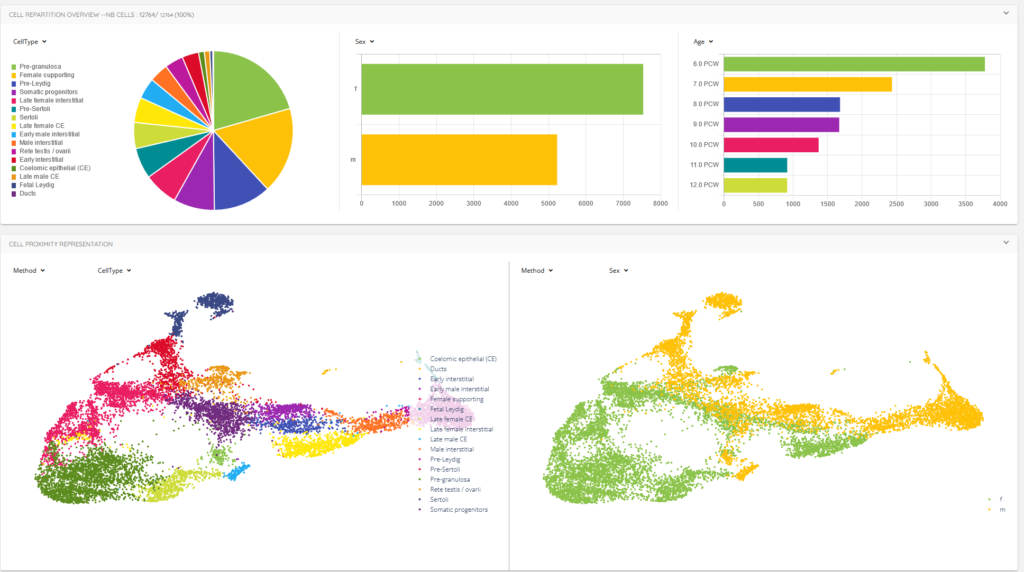
In parallel, I also worked on a toxicogenomic data analysis project (analysis of differentially expressed genes after exposure to a compound) with the Irset institute. I worked on the determination of the transcriptional signature of a set of compounds (about thirty) in two cell lines, their integration in the TOXsIgN database, and the creation of a predictive model of endocrine-disrupting activity. This project is still in progress at Irset and led to a Ph.D. thesis, further reinforcing my idea to propose toxicogenomics as a service with SciLicium.
June 2021 marked the beginning of fruitful interactions between SciLicium and the Wepredic group, allowing SciLicium to promote the BRB-seq technology in European projects such as EDCMET and GOLIATH. Today the Wepredic group works with SciLicium on many aspects and projects such as culture medium improvement, cell line or tissue characterization, and soon metagenomics!
FASTER, STRONGER…
The year 2022 represents a new step for SciLicium, the number of staff has doubled with the arrival of Théophile Grébert, who was previously working as a post-doc at the Pasteur Institute. Théophile has been in charge of RNAseq projects for the Wepredic group and more recently of the management of metagenomic projects (metagenomics analysis and pipeline improvement) with academical and companies such as Nahibu (a start-up based in Rennes and specialized in the gut microbiota). We have welcomed five interns from diverse backgrounds (bioinformatics and computer science), one further continuing through an apprenticeship since the beginning of September. Another important figure: today, SciLicium has analysed more than 4500 samples!!!
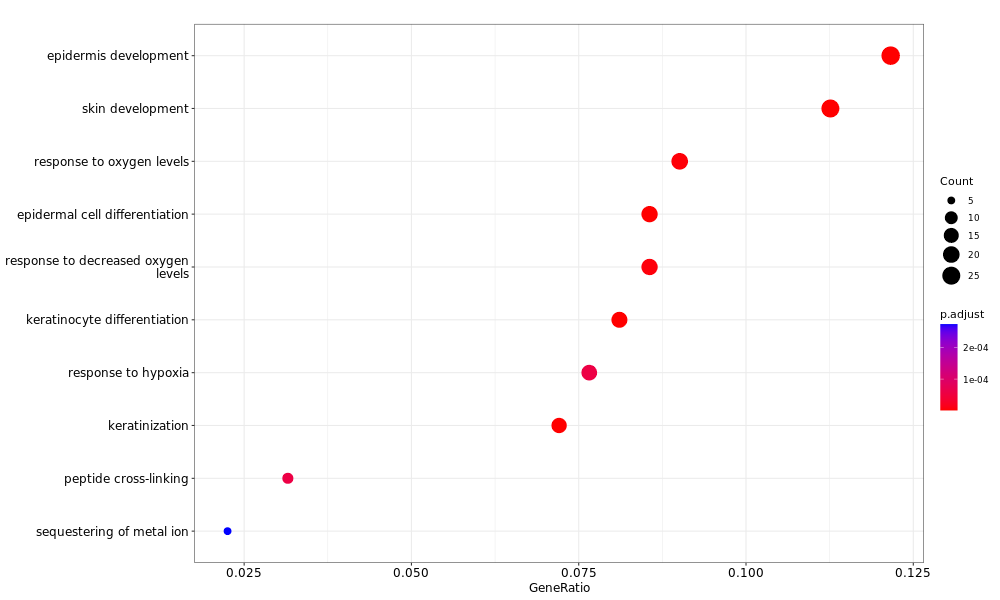
Since July, we have been working with a team from the Bordeaux University Hospital on the analysis of single-cell data on the study of vitiligo (skin disease).
Last but not least, SciLicium has been awarded about 20k€ for the TOXINCLOUD project, in the call for technology transfer projects of the Brittany region. This project, which is supported by Biotech Santé Bretagne and will be done in partnership with the bioinformatics platform of Rennes GenOuest, aims to deploy our toxicogenomic solutions in the cloud. More on this will come later in a separate article.
And now?
To conclude, 2023 promises to be even more exciting and full of great projects (European projects, skin and aquatic ecosystem metagenomics, toxicogenomics…).
If today SciLicium is there, it is thanks to many people, the SciLicium team, of course, our customers who have trusted our expertise (Irset, CEA, DTU, Eurosafe, Biopredic, Nahibu, CHU Bordeaux), and all the others that I will not mention here but who will recognize themselves.

SciLicium is also accredited by CIR since 2021.
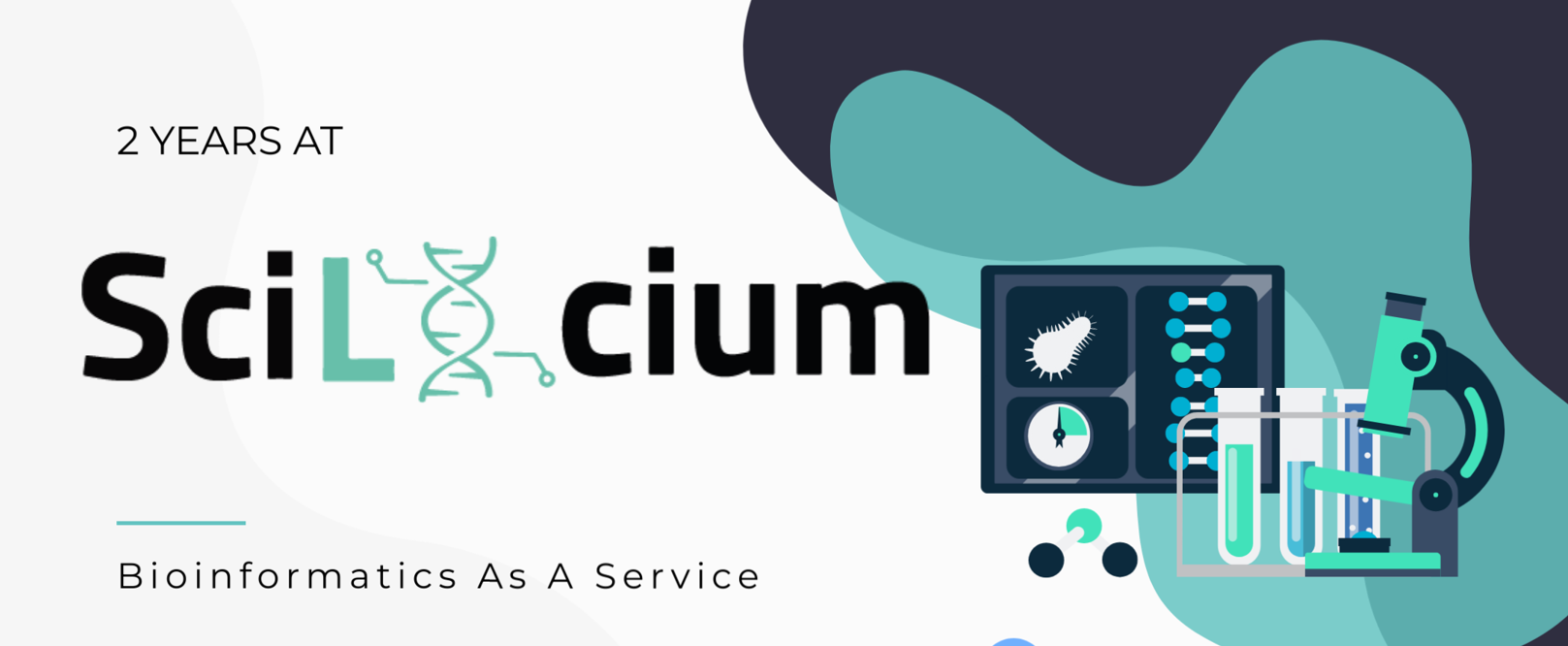

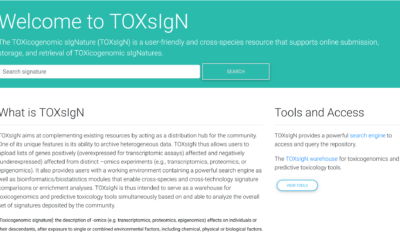
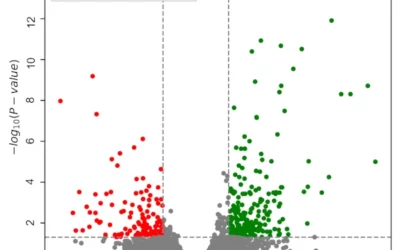
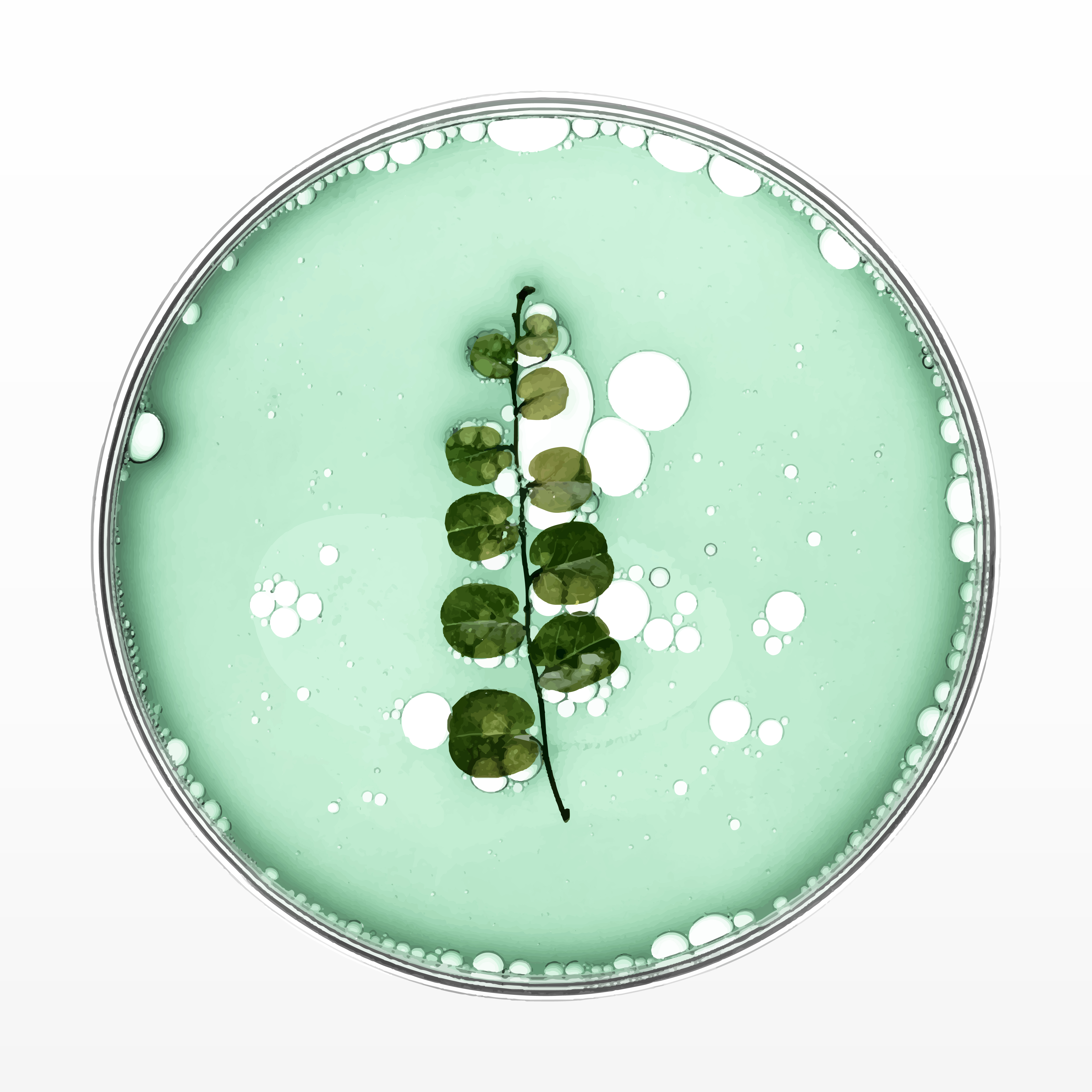
0 Comments